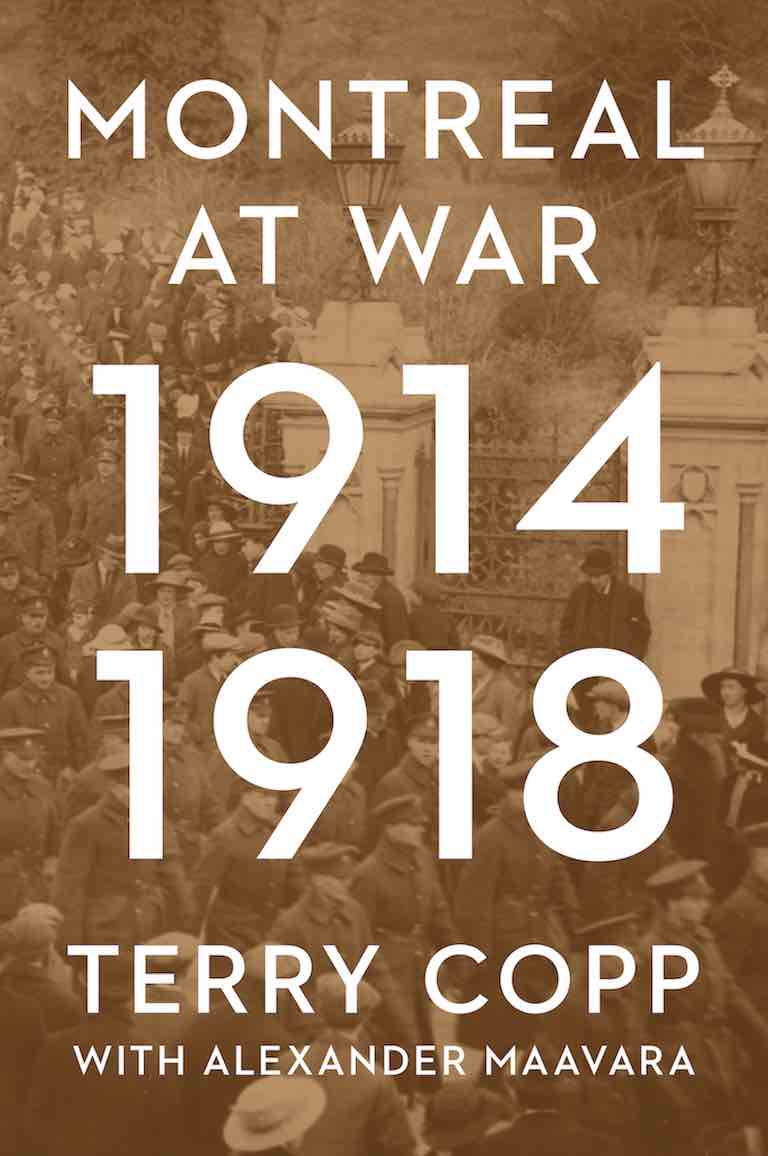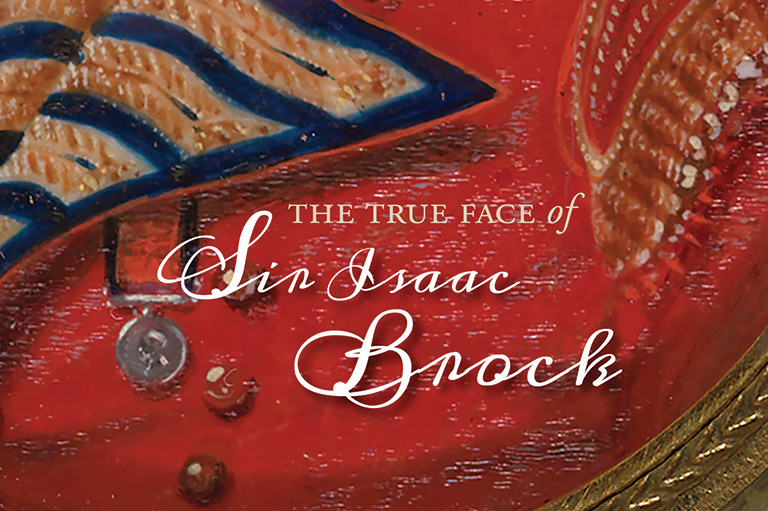Montreal at War

Montreal at War: 1914–1918
by Terry Copp, with Alexander Maavara
University of Toronto Press
266 pages, $24.95
Tens of thousands of Montrealers served in the Canadian Expeditionary Force during the Great War. At six hundred thousand people, Montreal was Canada’s largest city and the centre of financial power. Montrealers of all backgrounds — from established English, French, and Jewish communities as well as newer immigrants ‑ enlisted in multiple military units raised in the city from 1914 to 1918.
Military historian Terry Copp, along with researcher Alexander Maavara, has drawn upon the city’s eight major newspapers as a means to understand how Montreal experienced the war. Copp is best known for his groundbreaking studies of the Canadian Army during the Second World War, but he taught in Montreal in the 1960s and has long been fascinated by the multiracial, multi-ethnic, and multilingual city.
Montreal at War is a social history, and Copp makes it clear that, while the papers were filled with stories of the war overseas, Montrealers had many other concerns. Nonetheless, the war increasingly bled into politics and culture, and it led to linguistic and class tensions.
Montreal struggled with poverty, corruption, and public health issues before the war, including the grim revelation that about one in four babies did not live to see their first birthday because of disease. In fact, children were more likely to die in Montreal during the war than a soldier serving overseas, and many young men who tried to enlist were too badly malnourished to be accepted into the ranks. The war focused the attention of many on the need to engage in better public-health measures.
The clash between English and French, with sixty-four per cent of Montrealers being French-Canadian, receives much space in Copp’s book, although with a new perspective: through the lens of the city’s many diverse communities. One also learns about the struggle of the working class and the fight to limit the fifty-eight-hour work week.
While Copp explores the military clash on the First World War’s Western Front, he also notes that many Canadians who entered service came from hard, labouring backgrounds. The food in the army, for example, was more plentiful and steady than what most labourers would have subsided on before enlisting.
Despite the growing impacts of the war — patriotic politicians, business leaders, clergy, and officers demanded that more men enlist and that more money be donated to aid the numerous fundraising programs, for causes ranging from overseas refugees to the soldiers’ dependants — Copp notes that the newspapers also reveal a rich culture of sports, leisure, theatre, and film. At the same time, there was no shortage of vice in Montreal, with bars and brothels doing a roaring business, despite periodic police raids.
Most citizens would have agreed with a prominent judge who wrote, “we are living in extraordinary times which necessitate extraordinary measures.” Yet life in Montreal was made harder by wartime inflation, shortages, and the pressure to do one’s bit for the war effort.
A vibrant portrait of Montreal emerges through this book, and Copp takes pains to ensure that the battles overseas are woven throughout his chronology. The terrible losses at Ypres, the Somme, and Vimy Ridge gutted parts of the city, including the rich and the poor, the famous and the forgotten.
“The achievement of the Canadian force will rank in history with the great deeds of war from Marathon to Waterloo,” noted one city paper, “but glory will not give us back these men.” The contradictions of pride and grief, which had been provoked by the Canadian war effort, played out not only overseas but also within the country’s many cities, communities, and families.
With 7 uniquely curated newsletters to choose from, we have something for everyone.
Themes associated with this article
Advertisement




